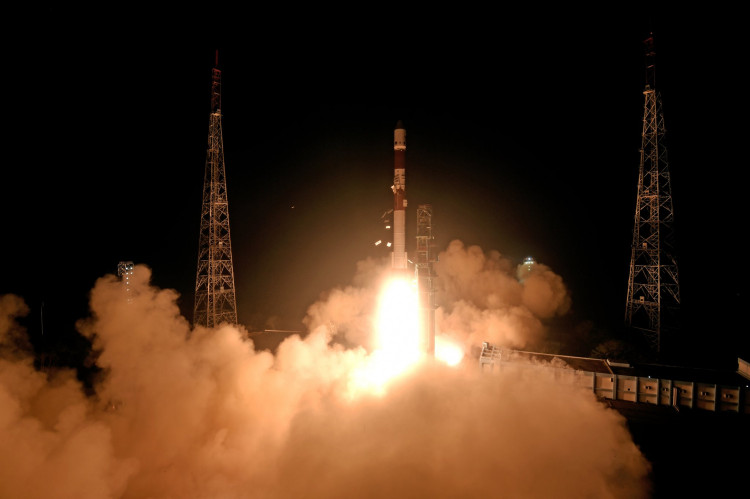India made history on Thursday by successfully docking two unmanned satellites in space, becoming the fourth nation to achieve this technological feat. The Indian Space Research Organization (ISRO) hailed the Space Docking Experiment (SpaDex) as a "historic moment," placing India alongside the United States, Russia, and China in mastering this complex capability.
The operation involved two small satellites, aptly named Chaser and Target, each weighing 220 kilograms. Launched on December 30 aboard an indigenously developed PSLV rocket from the Satish Dhawan Space Center in Andhra Pradesh, the satellites performed a precision rendezvous before docking in low-earth orbit. The achievement underscores India's burgeoning role as a global space power, with significant implications for future space exploration and commercial opportunities.
"India docked its name in space history!" ISRO announced on social media platform X. The agency confirmed that after docking, the two satellites successfully operated as a single unit.
Prime Minister Narendra Modi congratulated the ISRO team, describing the mission as "a significant stepping stone for India's ambitious space missions in the years to come." He added, "Congratulations to our scientists at ISRO and the entire space fraternity for this remarkable achievement."
The docking technology has far-reaching applications, including satellite servicing, in-space material transfer, and preparations for manned missions. It is considered essential for India's ambitious plans to construct a space station, put astronauts on the moon, and collect lunar samples.
The experiment also tested the transfer of electrical power between the docked satellites, a key capability for future operations involving in-space robotics and payload management. This milestone follows a successful "trial attempt" earlier in January when the satellites were brought within three meters of each other before retreating to a safe distance.
The achievement did not come without challenges. The docking experiment was postponed twice earlier this month due to technical issues and unanticipated satellite drift during the approach phase. However, these obstacles were overcome, showcasing ISRO's precision engineering and problem-solving capabilities.
India's space ambitions have gathered momentum under Modi's leadership. In 2023, India became the first country to land a spacecraft near the moon's south pole with its Chandrayaan-3 mission. The mission provided valuable data about the moon's composition and marked a significant leap in India's technological prowess.
Looking ahead, India has an ambitious roadmap. Plans are underway to launch its first manned space mission in the next few years, establish the Bharatiya Antariksha Station-India's own space station-by 2035, and land an astronaut on the moon by 2040. The country also aims to return lunar samples by 2027 and launch its first orbital mission to Venus by 2028.






